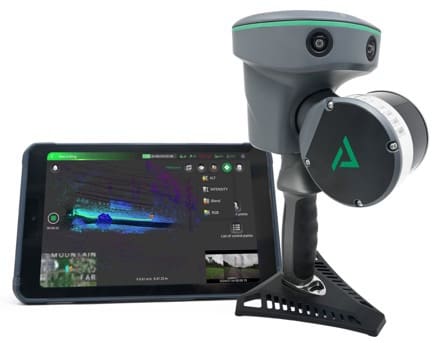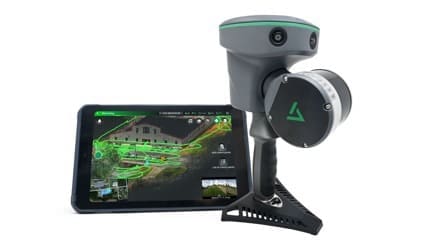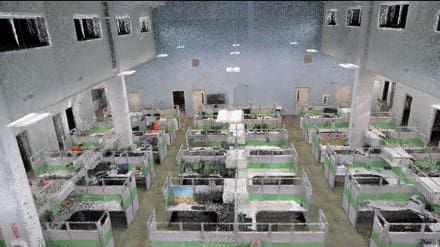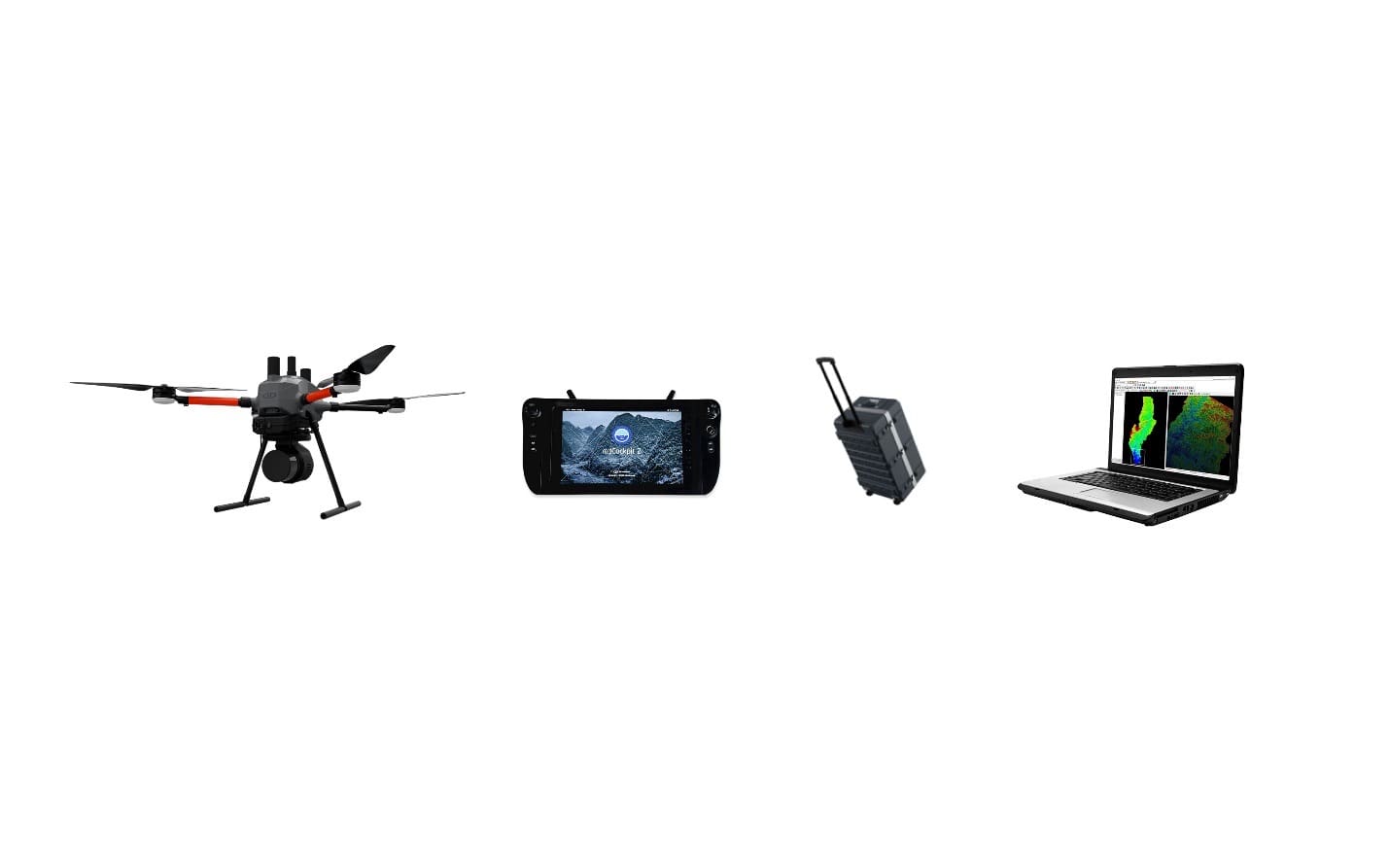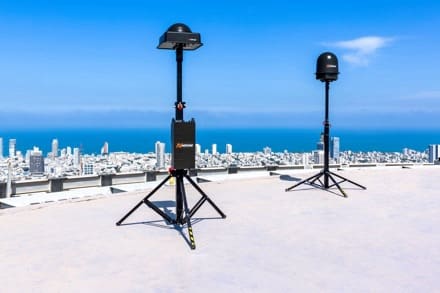
ABERDEEN PROVING GROUND, Md. — This year, the U.S. Army Combat Capabilities Development Command Chemical Biological Center hosted a Soldier touchpoint event at Aberdeen Proving Ground in Edgewood, Maryland to test out new unmanned drones equipped with a set of microsensors developed in conjunction with the Republic of Korea’s Agency for Defense Development, or ROK ADD. Soldier touchpoints are one of the first major milestones in testing a potential technology to be fielded.
The microsensor effort began as a partnership between the Center and ROK ADD in 2018 to successfully meet the stringent form-factor requirements set forth by the customer. Kevin Wan, a DEVCOM CBC chemical engineer and project manager for the microchemical sensor effort, called in ROK ADD for assistance with the 3-gram sensor size requirement while his team focused on suitable use cases. Both centers pushed to complete their collaborative effort in time for this upcoming user assessment.
“The design space was quite limiting to begin with, so we worked with our Korean partners to get this working on a three-gram payload,” said Wan. “The hornet drones are great at intelligence, surveillance and reconnaissance missions, but adding chemical-sensing capabilities would further its use cases — this is what we primarily wanted to focus on.”
The effort came to a head on July 31, 2024, when the center hosted Soldiers from the U.S. Army Reserve’s 455 Chemical Brigade, headquartered in Sloan, Nevada, as well as their partners from ROK ADD, which serves as their DEVCOM equivalent, in an exercise where all participants could give concerted feedback on the drones and sensors.
Initial funding for the project came from DEVCOM Soldier Center in Natick, Massachusetts, which had the need for a sensor weighing no more than three grams. This form factor would specifically fit on the Black Hornet III, a currently fielded minuscule drone platform weighing in at 38 grams. The project received funding from the Assistant Secretary of Defense for Industrial Base Policy International Cooperation Office’s Coalition Warfare Program and other organizations.
Wan and his team shifted their focus on the sensor’s early warning detection capabilities against a chemical threat — whether it may be a nerve or blister agent. They then focused their efforts on redundancy and reliability to increase detection. “Having two independent sensors provide the same response would increase the confidence of detection,” said Wan. “That redundancy and reliability coupled with a low limit of detection for early warning is critical to us and our Soldiers.”
To test their prototypes, DEVCOM CBC invited CBRN specialists to learn how to fly these drones and run a simulated scenario involving piloting the Black Hornets into various tents in an enclosed space with one of the tents housing a simulated agent. Cpl. Brittney Batimana, one of the Soldiers involved, said that the new drones would increase Soldiers’ safety and mission success.
“It’s pretty simple — once you get comfortable with the camera’s point of view, it’s easy to identify your targets,” said Batimana. “Our job is to identify and decontaminate hazards: this is just another way for us to always stay prepared if a situation were to ever turn chemical.”
The collaborative effort between the two centers was evident throughout the Soldier touchpoint and mirrored the success of this joint development process. “We love to work together with our partners,” said Wan. “Highly competent and highly intelligent. What we both want to see going forward are more use cases and increasing the library of threats that can be detected.” This sentiment was further echoed by Dr. Myung Kyu Park, Wan’s ROK ADD counterpart and micro chemical sensor project manager: “We do very well together — [they] worked very hard to see that these sensors work.”
Increasing the library of substances to detect would include various explosives, narcotics or industrial chemicals, furthering the drone’s use cases significantly beyond the intelligence, surveillance and reconnaissance realm. With the success of the Soldier touchpoint exercise, Wan and his team know that the form factor lends itself to an even wider variety of scenarios.
By Parker Martin



